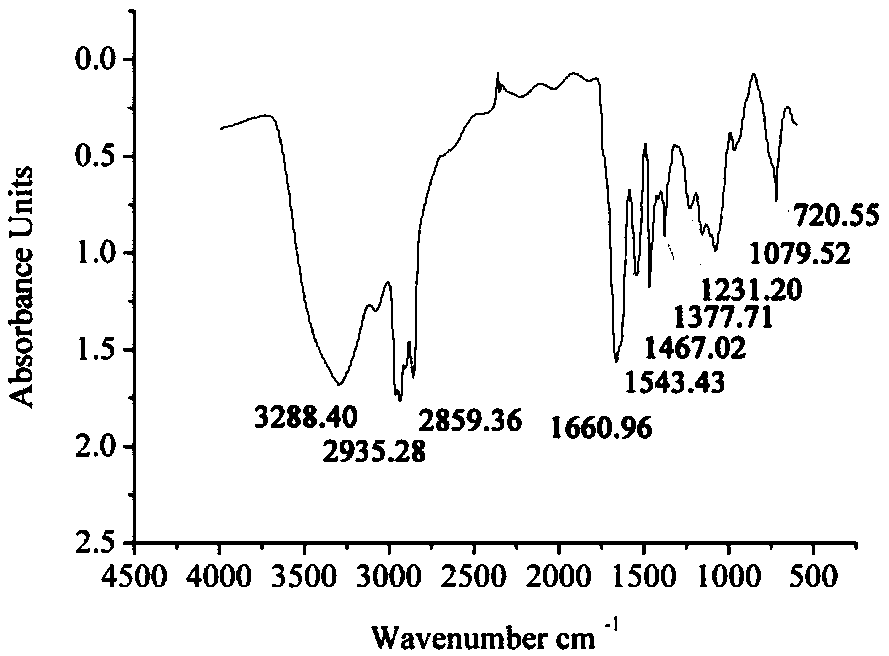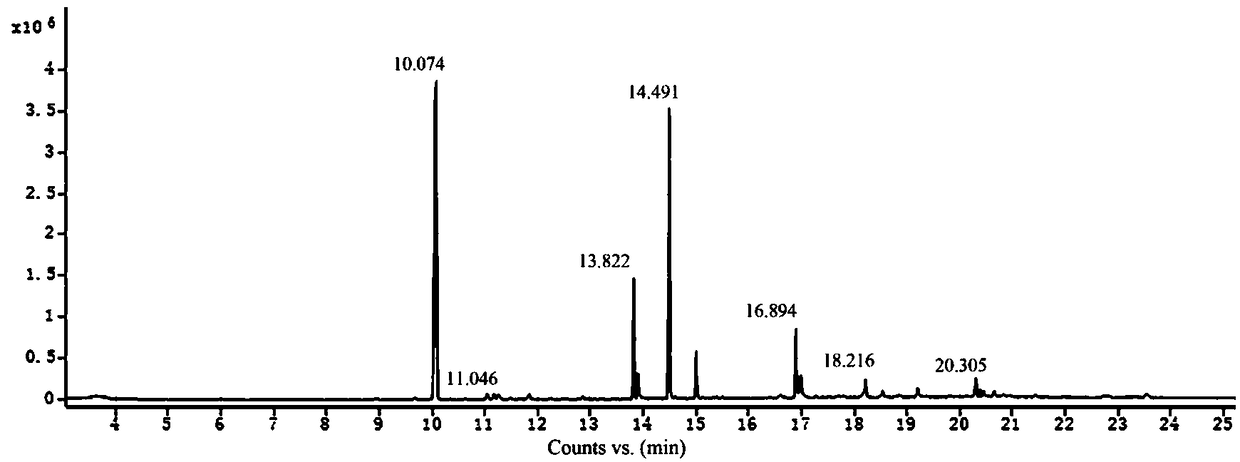Method for remediating heavy metal polluted saline-alkali soil by marine bacteria combined with plants
A marine bacteria and phytoremediation technology, applied in the field of heavily polluted soil remediation, can solve problems such as poor remediation effect, single use method, and few varieties, and achieve the effects of improving plant enrichment, easy management, and improved usability
Active Publication Date: 2018-11-02
WENZHOU MEDICAL UNIV
View PDF4 Cites 2 Cited by
- Summary
- Abstract
- Description
- Claims
- Application Information
AI Technical Summary
Problems solved by technology
However, the existing biosurfactants have just started, there are few varieties, the repair effect is not good, and the use method is relatively single
Method used
the structure of the environmentally friendly knitted fabric provided by the present invention; figure 2 Flow chart of the yarn wrapping machine for environmentally friendly knitted fabrics and storage devices; image 3 Is the parameter map of the yarn covering machine
View moreImage
Smart Image Click on the blue labels to locate them in the text.
Smart ImageViewing Examples
Examples
Experimental program
Comparison scheme
Effect test
Embodiment 1
[0031] 1) Strain isolation and screening:
the structure of the environmentally friendly knitted fabric provided by the present invention; figure 2 Flow chart of the yarn wrapping machine for environmentally friendly knitted fabrics and storage devices; image 3 Is the parameter map of the yarn covering machine
Login to View More PUM
| Property | Measurement | Unit |
|---|---|---|
| Aperture | aaaaa | aaaaa |
Login to View More
Abstract
The invention provides a method for remediating heavy metal polluted saline-alkali soil by marine bacteria combined with plants. The method comprises the following steps that (1) the marine bacteria are ocean acinetobacter, and an ocean acinetobacter strain is obtained firstly; (2) the ocean acinetobacter strain is fermented to obtain biological surfactant fermentation liquid; and (3) sessile ficus microcarpa is planted in the polluted soil, and the biological surfactant fermentation liquid is added to the polluted soil and combined with the sessile ficus microcarpa to remediate the polluted soil. Both plant remediation and enhanced remediation by the biological surfactant produced by marine microorganisms are green and environmentally friendly and cause no secondary pollution; through effective combination of the plants and the marine microorganisms, the disadvantages that a chemical enhancer is prone to residues and difficult to degrade and has biological toxicity and the like are overcome; by employing the solubilizing and flow increasing effects of the biological surfactant, the content of available heavy metal in the soil is increased, absorption by the plants is facilitated,and a strengthening effect is played on the plants to carry out remediation on a heavy metal polluted site; ocean resource development is facilitated; and the application prospects are wide.
Description
technical field [0001] The invention relates to the technical field of remediation of heavily polluted soil, in particular to a method for remediating saline-alkali soil polluted by heavy metals with marine bacteria and plants. Background technique [0002] Under the influence of man-made and natural effects, the phenomenon of heavy metals in the soil being higher than the original content and causing the deterioration of the quality of the ecological environment is becoming more and more common. Because heavy metals can only change and migrate in soil in general, they are difficult to degrade, and at the same time, they cause different toxicity in different forms, so they are easy to stay latent for a long time, produce biomagnification, and cause non-negligible harm to plants and humans. Therefore, using the anionic (negatively charged) nature of the biosurfactant to repair heavy metals in the soil, it can be adsorbed on the soil and combined with heavy metal ions, so that...
Claims
the structure of the environmentally friendly knitted fabric provided by the present invention; figure 2 Flow chart of the yarn wrapping machine for environmentally friendly knitted fabrics and storage devices; image 3 Is the parameter map of the yarn covering machine
Login to View More Application Information
Patent Timeline
 Login to View More
Login to View More IPC IPC(8): B09C1/00B09C1/10
CPCB09C1/10B09C1/105B09C2101/00
Inventor 葛利云邓欢欢李少君马斌斌周筝鲍根莲彭路菊马恒轶
Owner WENZHOU MEDICAL UNIV
Features
- R&D
- Intellectual Property
- Life Sciences
- Materials
- Tech Scout
Why Patsnap Eureka
- Unparalleled Data Quality
- Higher Quality Content
- 60% Fewer Hallucinations
Social media
Patsnap Eureka Blog
Learn More Browse by: Latest US Patents, China's latest patents, Technical Efficacy Thesaurus, Application Domain, Technology Topic, Popular Technical Reports.
© 2025 PatSnap. All rights reserved.Legal|Privacy policy|Modern Slavery Act Transparency Statement|Sitemap|About US| Contact US: help@patsnap.com



